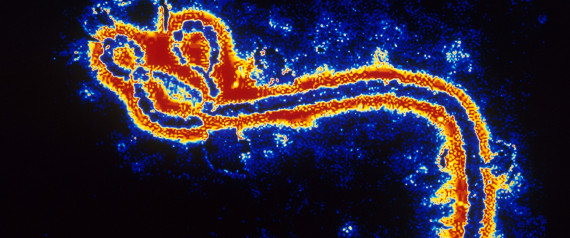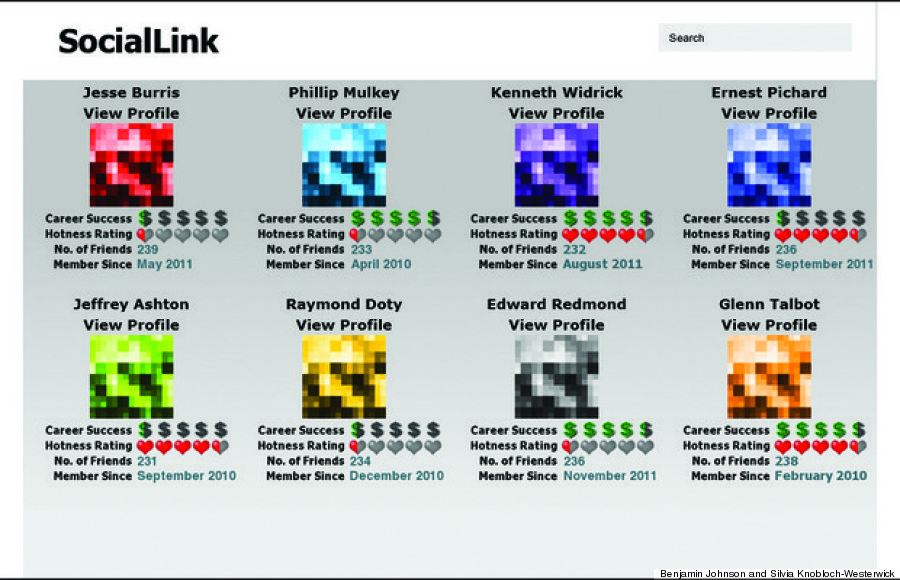
Thứ Ba, 14 tháng 10, 2014
'Dropbox Hacker' Claims To Have 7 Million Passwords
Dropbox users, it may be time to update your passwords and enable two-factor authentication.A hacker claims to have stolen some 7 million usernames and passwords for the popular cloud-based file storage and sharing service.
Someone posted a series of links on reddit Monday evening to files that purportedly contain a sample of the stolen usernames and passwords. Several redditors say at least some of the passwords were working at the time they were posted.
Anton Mityagin, from the Dropbox security team, wrote in a blog entry that the company's servers were not hacked.
Recent news articles claiming that Dropbox was hacked aren’t true. Your stuff is safe. The usernames and passwords referenced in these articles were stolen from unrelated services, not Dropbox. Attackers then used these stolen credentials to try to log in to sites across the internet, including Dropbox. We have measures in place to detect suspicious login activity and we automatically reset passwords when it happens.Attacks like these are one of the reasons why we strongly encourage users not to reuse passwords across services. For an added layer of security, we always recommend enabling 2 step verification on your account.
The blog was updated to add that passwords later posted online did not belong to current Dropbox accounts.
The company told The Next Web that it noticed suspicious activity linked to some of the associated accounts months ago and automatically reset the passwords.
To change your password, log in to your Dropbox account, click on your name and choose "settings." Then, click on the security tab. You can also enable two-factor verification, which requires either a cellphone or an app. A code will be sent to the cellphone or app whenever you -- or a would-be hacker -- attempt to access the account from a new device.
The security page will show you all devices that have been linked to your account as well as which ones are currently logged in.
Some Dropbox accounts were compromised in 2012 when the company said a hack of third-party websites exposed Dropbox passwords. In addition, a company Dropbox account was accessed, exposing user email addresses, according to CNET.
Thứ Hai, 13 tháng 10, 2014
Ebola: Cutting-Edge Science Offers Hope for Containing the Most Severe Acute Health Emergency in Modern Times

On the last day of September, the constantly-changing microbial world proved its power to deliver surprises and shocks.
Within 24 hours, three deadly diseases surfaced again, twice in unheard of places. Austria confirmed its first imported case of Middle East Respiratory Syndrome. Egypt confirmed a case of H5N1 avian influenza in an infant. And the United States confirmed its first case of Ebola virus disease in a Liberian traveller to Dallas, Texas. That case proved fatal. The other two patients remain seriously ill.
Meanwhile on that same day, more than 90 Ugandans -- most of them hospital staff -- were being monitored, in isolation, following the death on 28 September of a radiology technician from yet another horrific killer: Marburg hemorrhagic fever.
Of all these events, the outbreak of Ebola virus diseases that is ravaging parts of West Africa poses the greatest threat to international security, as confirmed last month by an emergency session of the UN Security Council.
Ebola has no proven vaccines or treatments. The World Health Organization (WHO) has responded to the urgent need for containment measures that go beyond the status quo: isolation and basic supportive care. In the view of WHO and many others, ways must be found to prevent this disease and lower the current fatality rate, estimated at 60 percent to 70 percent.
With this goal in mind, WHO is evaluating new and unregistered vaccines and therapies, together with the possible use of treatments already registered for managing other conditions.
Study Explains Why You Stalk Your Most Pitiful Friends On Facebook
On those lonely Saturday nights, you don't end up scrolling through your unemployed high school friend's Facebook by accident. There's a good, scientific reason for your creeping.
A new study from two researchers at the Ohio State University found that when people are in a good mood, they're drawn to the profiles of their successful and attractive friends. However, when they're feeling down, they lurk around the profiles of people who have had more difficulties in their lives. The findings will be published in the December issue of the journal Computers in Human Behavior.
The researchers tested 168 undergraduate students to determine how mood affects who people stalk on Facebook. First, they primed the college students to be either in a good or bad mood by having them perform a test on facial recognition. The college students were told their results were either "excellent" or "terrible," regardless of actual performance.
Next, the students were shown a fake social network called "SocialLink," which gave them the option to click on the profiles of eight fake people -- each rated for attractiveness and financial success on a five-point scale. Those who felt like losers gravitated toward the profiles of those who looked like even bigger losers. Or, in science-speak, they tried to manage their mood "through selective exposure" by making "downward comparisons" to their SocialLink friends.
Meanwhile, those flying high after acing the test tended to check out the profiles of the Glenn Tablots and Kenneth Widricks of the world, and let the light of those superstars shine down upon them.

Things have always come easy for Glenn and Kenneth.
Silvia Knobloch-Westerwick, a professor of communications at Ohio State and co-author of the study, argued that her results could be generalized to real social networks like Facebook. "Our experimental site operates a bit differently, but that's a benefit of doing experiments," she told The Huffington Post. "It gives us more control over what features influence the browsing behavior. [Other] studies rely on survey responses at a single point in time, which makes it harder to show cause and effect."
So next time you shave acquaintances off of your friend list -- and you really should -- make sure not to purge just everyone, in case you find yourself in need of a dose of schadenfreude.
Không sợ viêm xoang mùa trở gió
Các bác sĩ khuyên rằng, thời điểm giao mùa hoặc mưa nắng thất thường, viêm xoang và viêm mũi dị ứng rất dễ nảy sinh, thậm chí có nguy cơ tái diễn nhiều lần. Người bệnh nên chọn sẵn phương án hỗ trợ cho mũi khỏe suốt mùa trở gió.
Vị thuốc quý cho bệnh xoang
Từ xa xưa, Thương Nhĩ Tử đã được sử dụng như một vị thuốc quý trong các bài thuốc gia truyền nổi tiếng chủ trị bệnh viêm xoang, viêm mũi dị ứng. Nhiều trong số các bài thuốc này vẫn còn được lưu truyền cho tới ngày nay và được phát triển thành các phương thuốc chữa xoang hiệu quả.
Thương Nhĩ Tử là bộ phận quả đã được phơi hoặc sấy khô của cây Thương Nhĩ. Thương Nhĩ hay còn gọi là Ké Đầu Ngựa, Phắc Ma, Mác Nháng, có tên khoa học là Xanthium strumarium L., thuộc họ Cúc (Asteraceae).
Đây là loài cây thảo, cao từ 50-80cm, ít phân cành. Lá mọc so le, hình tim - tam giác, mép khía răng không đều, có lông cứng và ngắn ở hai mặt. Quả bế đôi, hình trứng, có hai sừng nhọn ở đầu và phủ đầy gai góc, để dùng làm thuốc phải chọn quả già chắc, có màu vàng sẫm, có gai, trong có hai hạt, có dầu, không sâu mốc và vụn nát.
Vị thuốc quý cho bệnh xoang
Từ xa xưa, Thương Nhĩ Tử đã được sử dụng như một vị thuốc quý trong các bài thuốc gia truyền nổi tiếng chủ trị bệnh viêm xoang, viêm mũi dị ứng. Nhiều trong số các bài thuốc này vẫn còn được lưu truyền cho tới ngày nay và được phát triển thành các phương thuốc chữa xoang hiệu quả.
Thương Nhĩ Tử là bộ phận quả đã được phơi hoặc sấy khô của cây Thương Nhĩ. Thương Nhĩ hay còn gọi là Ké Đầu Ngựa, Phắc Ma, Mác Nháng, có tên khoa học là Xanthium strumarium L., thuộc họ Cúc (Asteraceae).
Đây là loài cây thảo, cao từ 50-80cm, ít phân cành. Lá mọc so le, hình tim - tam giác, mép khía răng không đều, có lông cứng và ngắn ở hai mặt. Quả bế đôi, hình trứng, có hai sừng nhọn ở đầu và phủ đầy gai góc, để dùng làm thuốc phải chọn quả già chắc, có màu vàng sẫm, có gai, trong có hai hạt, có dầu, không sâu mốc và vụn nát.
 |
Theo Đông y, Thương Nhĩ Tử có vị ngọt nhạt, hơi đắng, tính ấm, có tác dụng tiêu độc, chống viêm, sát trùng, kháng khuẩn, tán phong, trừ thấp, chống dị ứng, giảm đau, chủ trị phong hàn đau đầu, phong tê thấp, tắc ngạt mũi, cảm lạnh, viêm xoang mũi dị ứng xuất tiết, tỵ uyên (chảy nước mũi hôi).
Đăng ký:
Nhận xét (Atom)
